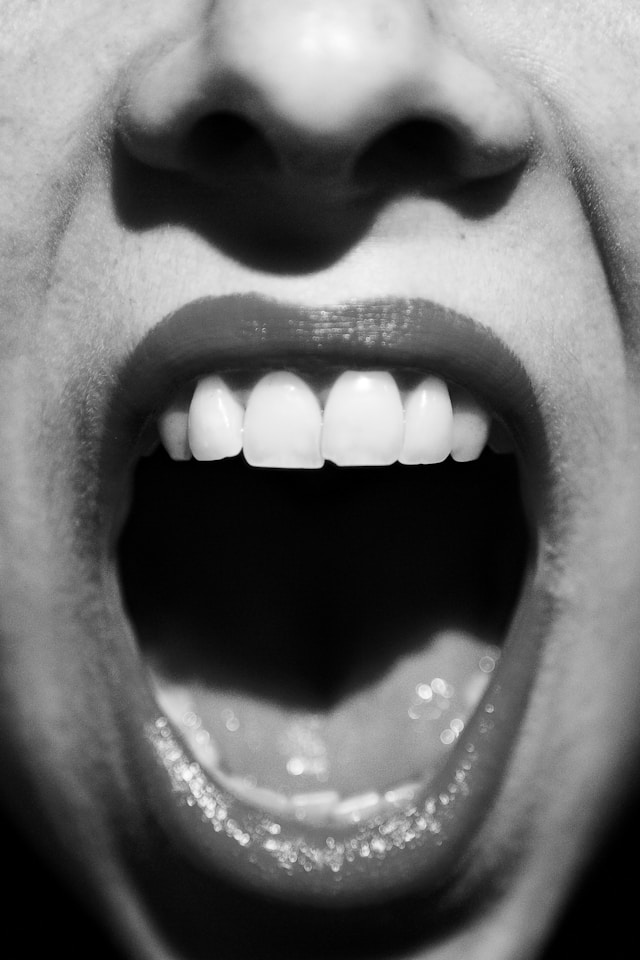A groundbreaking preclinical study has uncovered a molecular pathway that could explain why wounds inside the mouth heal rapidly and without scarring. This research, conducted by teams from Cedars-Sinai, Stanford Medicine, and the University of California, San Francisco (UCSF), utilized single-cell RNA sequencing (scRNA-seq) to analyze tissue samples from the oral mucosa and facial skin of laboratory mice post-injury.
The study revealed a signaling pathway involving the protein GAS6 and the enzyme AXL, which inhibits another pathway known as FAK that promotes scarring. When AXL was inhibited in mice, oral mucosa wounds began to heal similarly to skin wounds, with increased scarring. Conversely, stimulating AXL in skin wounds led to healing akin to oral mucosa, suggesting a potential strategy to limit fibrosis and scarring in other body areas.
Understanding the Mechanism
Human skin, while capable of repairing itself, often does so by forming scar tissue, which can impair skin function and pose aesthetic concerns, particularly on the face. Currently, there are no treatments to prevent or erase facial scars. The study’s authors highlighted that the main barrier to developing effective treatments is the limited understanding of the molecular mechanisms behind scar formation and scarless healing.
Inspired by the oral mucosa’s ability to heal wounds rapidly and without scarring, the researchers sought to uncover the cellular and molecular mechanisms at play. The oral mucosa can heal wounds in just one to three days, a rate nearly three times faster than dermal wounds, with a significantly lower inflammatory response.
Research Findings and Implications
The research team compared mouse oral mucosal fibroblasts (OMFs) to facial skin fibroblasts (FAFs) during the wound healing process. They discovered that oral mucosal fibroblasts suppress fibrosis and FAK through a signaling pathway involving AXL. Knocking out AXL in mice led to scarring after oral injuries, while stimulating AXL in facial wounds promoted a regenerative healing process.
“Our demonstration that AXL and FAK expression act as indicators of regeneration versus fibrosis, respectively, lends our study therapeutic potential,” the team reported in Science Translational Medicine.
Moreover, the GAS6-AXL pathway was less active in facial and oral scars from repetitive injuries in human volunteers, indicating its conservation across species. Activating AXL in repetitively injured mouse oral tissue resulted in improved healing and reduced scarring, suggesting a potential therapeutic target for scar prevention.
Future Directions and Clinical Applications
While the mechanisms through which AXL drives regeneration are not fully understood, the study represents a significant step toward understanding the balance between regeneration and fibrosis. The researchers emphasized the need for further studies to explore the molecular mechanisms by which AXL suppresses FAK.
Michael Longaker, MD, co-corresponding author and the Dean P. and Louise Mitchell Professor in the School of Medicine at Stanford University, stated, “Further clinical studies should be performed to assess the nature of the relationship between AXL and scarring in humans.”
“Our research helps fill in that knowledge gap… This data shows that the GAS6-AXL pathway is potentially important for scarless healing in the mouth and that manipulating it may help reduce skin scars as well,” said Ophir Klein, MD, PhD, co-leader of the study.
Potential Impact on Medical Treatments
The findings open the door to developing therapies that could improve healing of skin wounds and reduce scarring. If these preclinical results are confirmed in humans, they could revolutionize the treatment of injuries, particularly in areas where scarring is a significant concern.
As the research progresses, the focus will be on translating these findings into clinical applications that can benefit patients. The potential to harness the GAS6-AXL pathway for therapeutic purposes marks a promising advancement in regenerative medicine and scar reduction.
The study’s authors concluded, “In summary, our results provide a comprehensive transcriptomic characterization of regenerative wound repair in the oral mucosa, highlighting how GAS6-AXL signaling may lead to scarless healing in the oral mucosa… Activation of AXL through GAS6 application could rescue the regenerative phenotype of repetitively injured oral mucosa and reduce skin scarring.”
